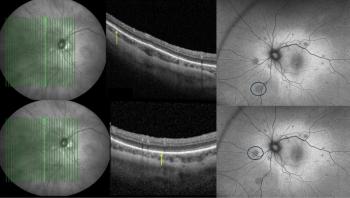
RDO patient pathway improves operative rates in cataracts
Operative rates for cataract surgery are higher for the refined direct optometrist (RDO) patient pathway, compared to the GP pathway, reveals a recent investigation in the UK.
Operative rates for cataract surgery are higher for the refined direct optometrist (RDO) patient pathway, compared to the GP pathway, reveals a recent investigation in the UK.
A retrospective cohort study led by Dr Kevin Holmes, Bristol, and the Plymouth Royal Eye Infirmary, Plymouth, UK, was conducted on 4657 patients referred to the “One-stop cataract clinic” at Bristol Eye Hospital between 1 November 2008 and 31 May 2010.
Of the patients in the cohort, 4222 were referred via the traditional GP route and 435 were referred via the new refined direct optometrist (RDO) route. The team compared the operative rate, which was identified as the conversion to surgery from referral.
Operative rates were higher for the RDO pathway, compared to the GP pathway at 91.9% and 82.4%, respectively. Combining referral information from optometrists and GPs creates a high-quality and efficient cataract surgery patient pathway.
Combining referral information also had major economic advantages and could be adopted at a national level in the UK.
The abstract can be found in the latest issue of the
Newsletter
Get the essential updates shaping the future of pharma manufacturing and compliance—subscribe today to Pharmaceutical Technology and never miss a breakthrough.













































